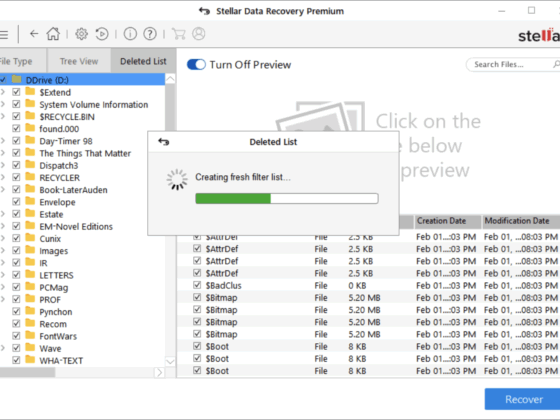
As a programmer, taking an interest in a webpage often prompts you to “view source” and educate yourself about the coding that the programmer wrote to develop that page. The first thing you see when you view the coding source page is a list of parts such as (body), (p), and (title)). As someone who knows English, it is easy to understand what they mean and what they stand for in the coding world. But what if you see the same thing as , and ? Will you understand a word? Unless you know Russian, you won’t understand anything.
Programming and the English language
Quite honestly, the computer doesn’t care what symbols you use to make a programming language. It runs on an invisible compiler whose only function is to convert your commands into 1s and 0s. Even if you use symbols instead of any language, it will provide an output, but that won’t be useful. The point here is that programming languages tend to resemble various English words such as “if” or “body.” These look like words instead of symbols, and that is enough for the computer brain to remember it as words the next you start coding.
Many social media platforms and software programs are now available in multiple languages, but virtually everyone who needs help with programming still turns to the English. Not just small languages are spoken by a few thousand people, but even the more popular languages such as Spanish, Mandarin, and Hindi are still not widespread in the coding world compared to English.
The better alternative
Although English is the mother tongue for coding, all hope is not lost yet. Blockly and Scratch are two languages that teach amateur programmers to learn to code in a language that is based on their native language. This allows the programmers to learn faster because they don’t have to learn English first before starting their coding journey. But what about the programmers who are already on their way to becoming professional coders? Are there any options for them to code in their native language? Yes, there is.
Wiki Markup and Excel formulas are localized programming languages that allow veteran programmers to command their formulas and spreadsheets based on the language of their program’s interface. This is a huge relief for programmers who struggle with English, and are considered lame professionals because of the poor job they do while coding. You can now replicate your command for IF(condition,value_if_true,value_if_false) to Spanish that will read SI(prueba_lógica,valor_si_es_verdadero,valor_si_es_falso). Not just Spanish, there are a dozen languages that you can choose from.
Apart from this change, you can also edit Wikipedia pages using Wiki Markup. This feature allows you to change information like name, birthplace, and such other details in your native language. The presence of converters in programming languages comes as a relief for programmers. It is because of these converters that you can write code in JavaScript and get a Python version out of it or even write in Markdown and get an HTML version. So, although English is still the preferred language, it is not the only language that programmers can use for coding.







